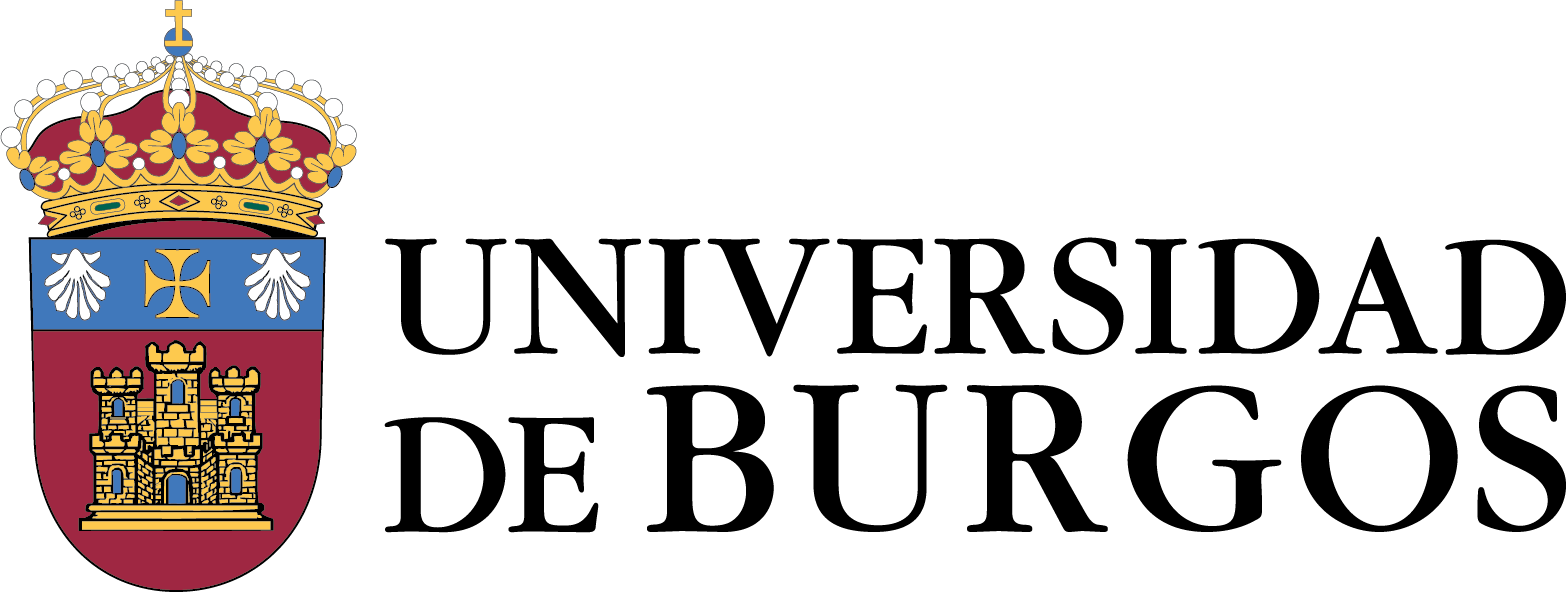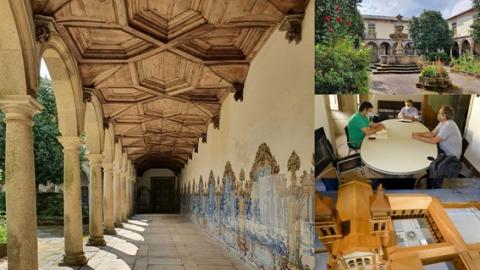Members of the strategic partnership of the SmartArt project, co-funded by the European Commission, visit the Tibães Monastery, in Braga, to expand the network of collaboration in the dissemination of cultural heritage through new technologies.
The European SmartArt project is investigating new ways of approaching knowledge of European cultural heritage. One of the focuses of interest is the study of European monastic ensembles and their influence on the formation of a common identity. Thus, professors José Alberto Lencastre and Leandro Almeida, from the University of Minho (Portugal), members of the strategic partnership of the SmartArt project and members of the Centre for Research in Education (CIEd), carried out a field visit on the origin of these monasteries in Portugal. Dr. Paulo Oliveira, director of the cultural programme of the Monastery of St. Martin of Tibães, in Braga, which is part of the cultural heritage of the Portuguese state, was part of this visit. This monastery was founded at the end of the 10th century, being rebuilt in the 11th century and becoming, with royal support and the granting of the Letters of Couto, one of the richest and most powerful monasteries in the north of Portugal. With the Reformation movement and the end of the religious crisis between the 14th and 16th centuries, the Monastery of Saint Martin of Tibães presided over the Congregation of Saint Benedict of Portugal and Brazil, becoming the Mother House of all Benedictine monasteries, as well as an important centre of cultural diffusion and a focus of artistic and stylistic development.
Its importance is also present in the role it played as a veritable "construction school" for a group of architects, master masons and carpenters, butchers, gilders, cabinetmakers, draughtsmen and sculptors, whose active production, throughout the northwest of the peninsula, was associated with the best of Portuguese art in the 17th and 18th centuries. Throughout these two centuries, ambitious campaigns of reconstruction and extension, decoration and redecoration were carried out, which sacrificed the old Romanesque monastery, leaving eloquent testimonies, from Mannerism to the Rococo style. One of the main architects of this transformation was André Soares, to whom we owe the altarpieces of the central altar and the side altars, as well as the pulpits, all considered key works of Portuguese Rococo. In terms of sculpture, the works of Friar Cipriano da Cruz stand out. In this way, the monastery of Tibães became a harmonious architectural ensemble of ample dimensions and one of the most important pieces of Portuguese monasticism and of the nucleus of the Benedictine network in the northwest of the peninsula. In addition to the temple and the monastic premises, organised around several cloisters, it is worth mentioning the Tibães transept, in the vicinity of the old monastery.
This collaboration is of great interest for the SmartArt project, as it fits in with one of its objectives, i.e. to bring the knowledge of European cultural heritage closer through the use of technological resources.

